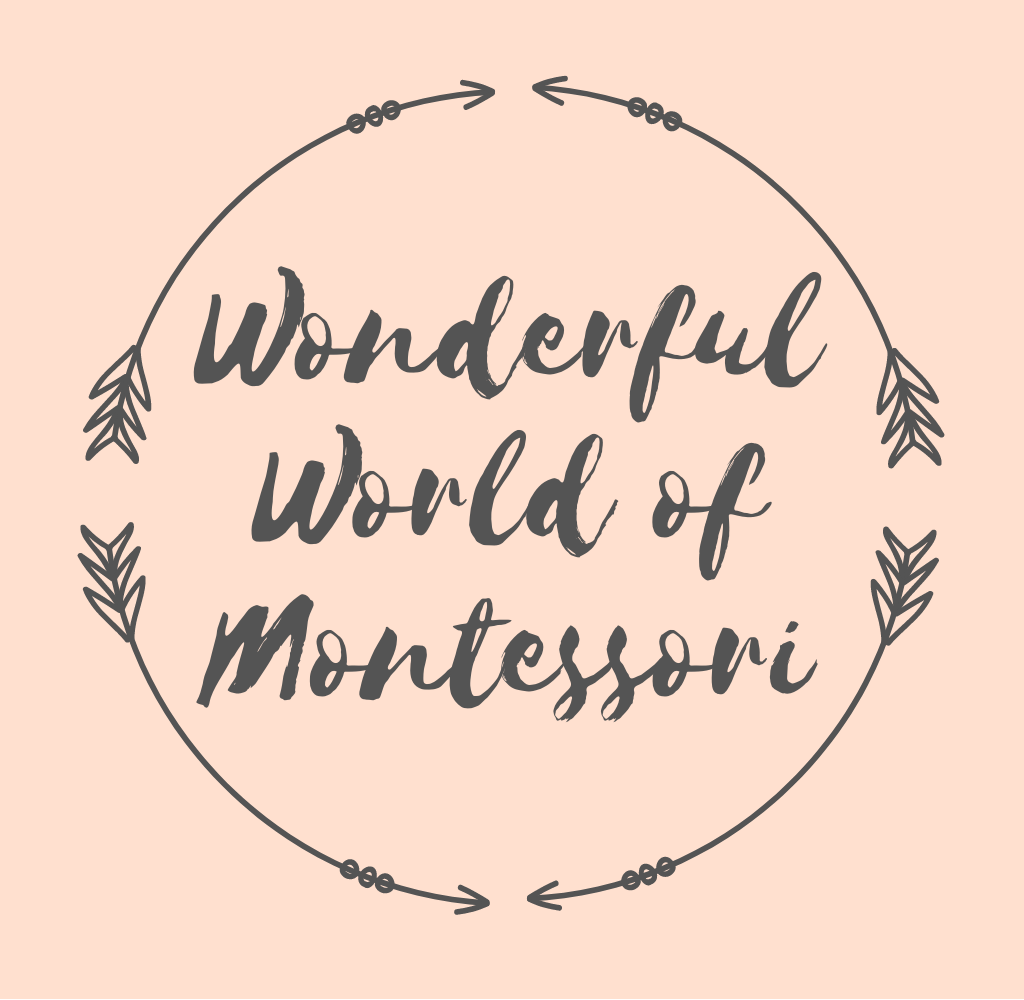The Detective Adjective game (Individual presentation)
What materials are needed for this activity?
For the Detective Adjective game, the directress uses a box found in the Language area of a Montessori classroom. This box contains 63 triangles, there are 21 red triangles, 21 yellow triangles, and 21 blue triangles.
The triangles are a variety of, Equilaterall triangles, Acute angled isosceles triangles, Right-angled isosceles triangles, Obtuse angled isosceles triangles, Acute angled scalene triangles, Right-angled scalene triangles, Obtuse angled scalene triangles.
The directress also needs pieces of paper, a black and blue pen, and the adjective symbol.
The Detective Adjective game
How this activity is presented?
The directress invites the child to work with her. She brings the materials to the mat and starts unpacking all of the triangles one by one and places them on the mat. She tells the child that she is going to write down on a piece of paper what she wants, and he must read it and find it for her.
The directress writes down in black pen ‘the triangle’ on a piece of paper. The child is asked to read it and give her the triangle. She then says to him ‘‘yes, that is a triangle, but not the one I wanted’’. The directress takes the original piece of paper and tears the article from the noun (in-between ‘the’ and ‘triangle’). She then writes in blue pen on another piece of paper an adjective to describe the size of the triangle (large).
She places the paper in order on the mat, for example, the large triangle. The child then gives the directress a large triangle. She tells him ‘‘yes that’s the right size, but not the one I wanted’’ She clears away all of the small and medium triangles and just leaves the large ones on the mat.
On a new piece of paper, she writes down an adjective in blue pen to describe the colour of the triangle, for example, yellow. The directress then places it in order on the mat, e.g. the large yellow triangle. When the child gives her the large yellow triangle, she tells him “This is the correct colour and size, but still not the one I want” She clears away all of the other colours to narrow the field even further.
The directress then writes down another adjective on a new piece of paper in blue pen to describe the type of triangle she is looking for, for example: isosceles. She places it in order on the mat e.g. the large, yellow, isosceles triangle. When the child gives her the large, yellow, isosceles triangle she tells him that is not the one she wants.
She then writes down on another piece of paper an adjective in blue pen what type of angle she wants, for example, right-angled. She places it in order on the mat, the large, yellow, right-angled isosceles, triangle. The child then collects the large, yellow, right-angled isosceles triangle and finally, the directress says, ‘‘yes, well done, today we sorted through all these triangles to look for the large, yellow, right-angled isosceles triangle’’.
If the child has grasped the concept, she places the symbols for the adjectives above the corresponding words, reminding him what the symbol is for the adjective. She consolidates what was learnt and helps the child pack away.
What does the child learn from this activity?
This activity broadens the child’s knowledge, increases his vocabulary, shows him the detective power of the adjective by singling out an object in a big group, as well as it helps the child practice his reading.
Looking for more Montessori activities?
Here is a list of all the Montessori Language activities. These include Early Language, Pink Language Materials, Green Language Materials, Later Language, and Grammar. Just click on the page you want to learn about to go there.

